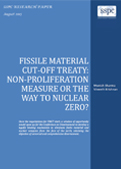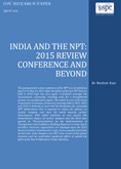Dassault Rafale: Prioritising Transparency in Defence Deals
Defence deals or any commercial deals of aircraft acquisitions are mostly under the shroud of mystery globally. Hence, the so-called scandal surrounding the purchase of the Dassault Rafale should be taken with a pinch of salt. At the same time, it also needs to be kept in mind, that if such scandals have some iota of truth, then they have a capacity to become a death nail for the rulers.








